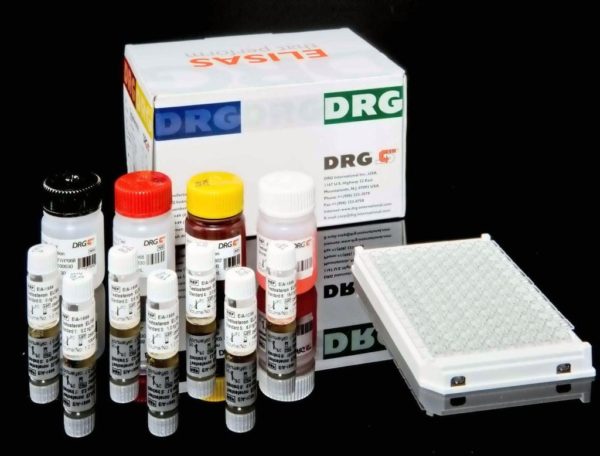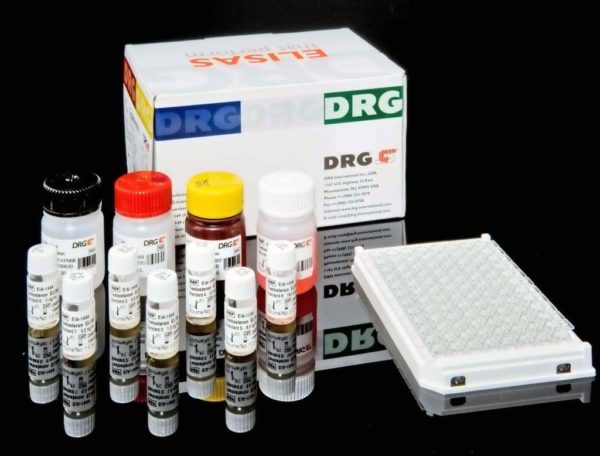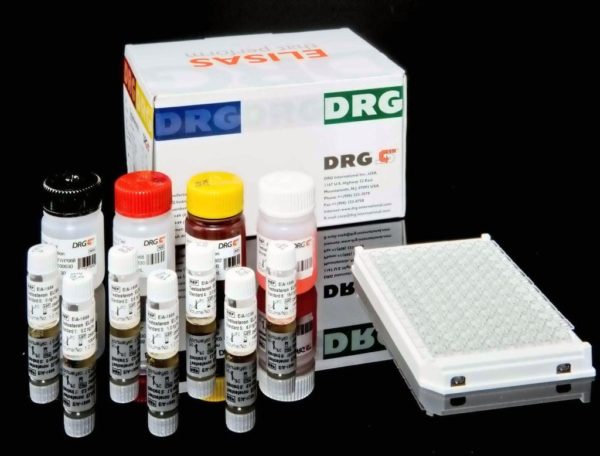Description
An enzyme immunoassay for the quantitative measurement of anaphylatoxin C5a in human plasma or urine.
The complement system consists of more than 20 proteins which evolved as defense system against invading microorganisms. It can also be activated in a variety of disease states or upon contact with medical devices or drugs (1). Upon activation, a cascade of proteolytic enzymes releases the anaphylatoxins C3a, C4a and C5a from their respective precursors (2). These fragments exert various biological functions such as histamine release, smooth muscle contraction, increase in capillary permeability or immunomodulation (3). In addition, C5a and its degraded form C5a-desArg are highly potent chemotactic agents for polymorphonuclear leukocytes, which then will release tissue degradative enzymes and oxygen radicals (4). This in turn will also lead to activation of other humoral systems such as coagulation and fibrinolysis (5). Thus, C5a is probably the most important complement-derived proinflammatory mediator. C5a is believed to play a pivotal role in the pathogenesis of septic shock, the adult respiratory distress syndrome, acute pancreatitis and the
deleterious effects after myardial infarction (6,7,8). Recently it has been shown that C5a is closely associated with the capillary leak syndrome in leukemic children after bone marrow transplantation. C5a is also a marker in urine for predicting the onset of acute graft rejection after kidney transplantation (9). With respect to possible deleterious consequences, C5a determination may be indicated during hemodialysis, after cardiopulmonary bypass or after any other contact with medical devices (10).
The DRG C5a ELISA Kit is a solid phase enzyme-linked immunosorbent assay (ELISA) based on the sandwich principle. Due to cross-reactivity of the monoclonal antibodies with complement factor C5, C5 in the sample is removed by precipitation prior to analysis. The resulting clear supernatant contains the C5a to be determined (10,11). During the first incubation the C5a in the sample binds to murine anti C5a monoclonal antibodies (mab 561), which are attached to the surface of the microtitration plate. Unbound constituents are then removed by washing and, in a second reaction, peroxidase conjugated monoclonal antibodies (Mab 557) are added and bound to a different epitope on C5a. The excess enzyme conjugated antibodies are removed by washing; the bound enzyme activity is then determined. The enzymatic reaction between hydrogen peroxide and chromogen is terminated by the addition of dilute sulphuric acid. The intensity of the colour intensity, which is proportional to the concentration of C5a, is determined photometrically.




